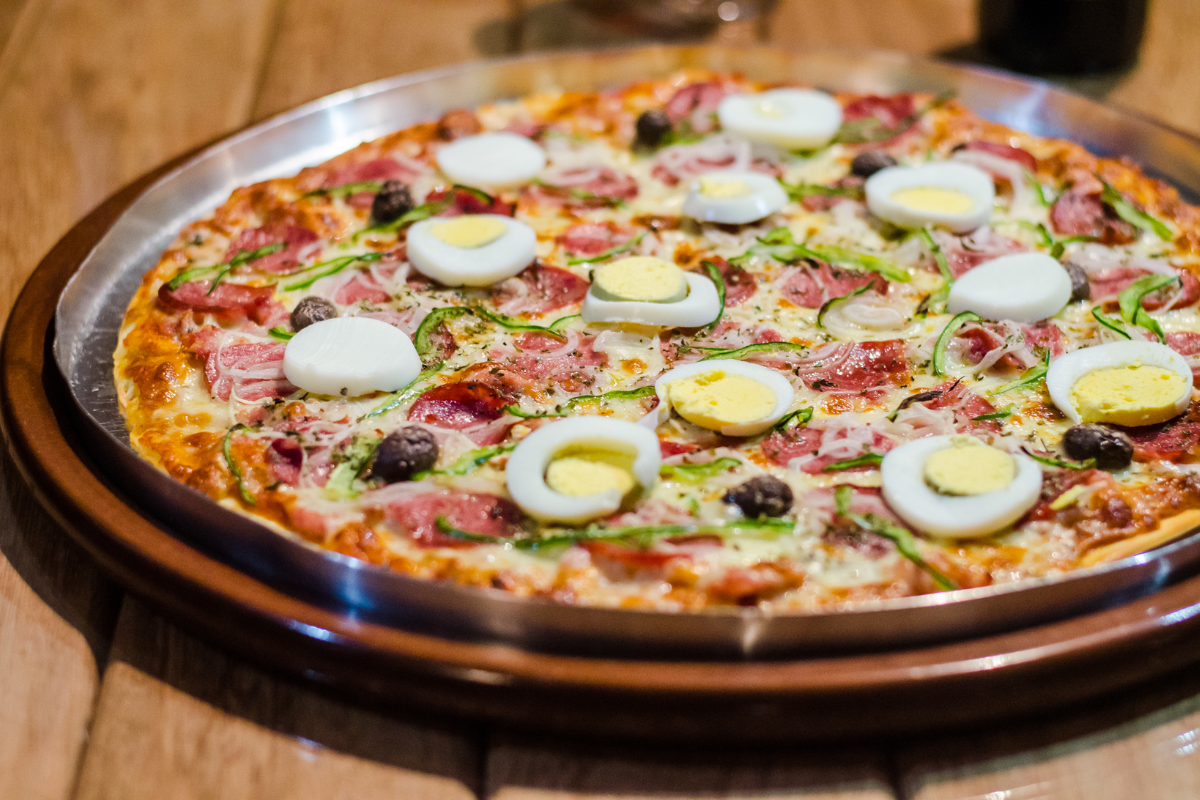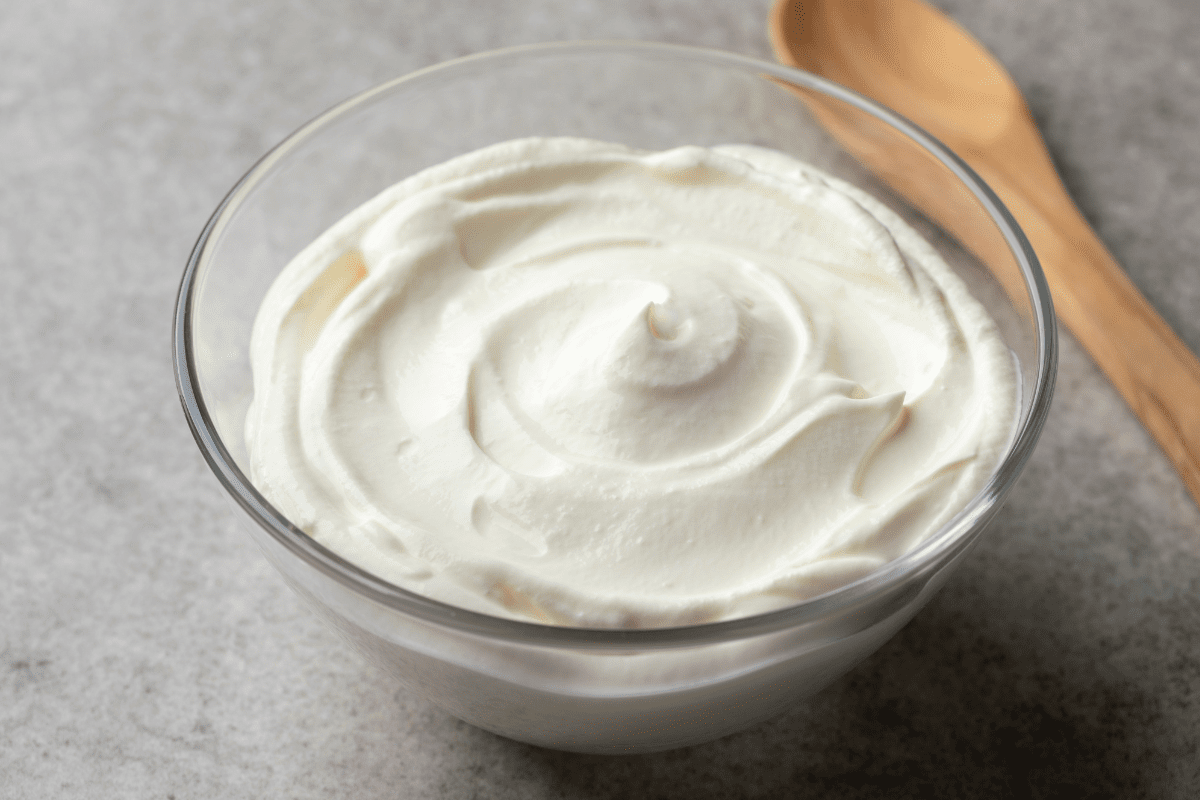
Galinhada is a chicken and saffron rice dish from Brazil. This one-pot meal is healthy, delicious, and comes together in less than thirty minutes. Add in the fact that it is gluten-free, and galinhada is sure to become your next go-to meal for a busy weeknight.
Galinhada comes from the portuguese word “galinha,” which simply means “chicken.” Chicken thighs form the protein of this meal, which is essentially a casserole. Bone-in chicken thighs are seared to crisp the skin, then braised in a fragrant liquid of broth, white wine, saffron, vegetables. Rice is added to the braising liquid and cooks along with the chicken, absorbing the flavorful broth.
Galinhada Mineira vs Galinhada Goiana
Like many, many dishes in Brazil, there are variations of galinhada depending on which region you are in. The two most prevalent versions are mineira and goiana. The main difference tends to be in the preparation of the chicken. Galinhada mineira uses chunks of chicken, while the goiana recipe calls for whole, bone-in pieces.
Galinhada goiana also incorporates regional flavors, such as heart of palm, that give it a unique flavor. Today, we are making a mixture of the two recipes. We will be using the traditional mineira ingredients but adding a goiana touch by with whole, bone-in chicken thighs (with the skin).
A Note on Saffron
Saffron is expensive, so you want to get the most flavor and color you can from it. In order to do this, you will need to bloom your saffron in a little hot water for twenty minutes or so before you use it. Simply add your saffron threads to about 2 tablespoons of hot water (hot to the touch, but not boiling). Steep for twenty minutes or until the water takes on a beautiful orange color.
Many methods for blooming saffron require you to grind the threads beforehand. However, since we are only using a few threads, you can steep them whole and add this liquid to the broth. In the end, your rice will be flavorful and a gorgeous yellow color.
Saffron Substitutes
If you do not have saffron or do not wish to spend the money on it, turmeric is a worthy substitute. It also has many health benefits, including clinically documented anti-inflammatory properties. The taste is somewhat different, but you will achieve an overall earthy flavor and a comparable yellow color. If you are substituting turmeric in this recipe, use about ¼ to ½ tsp.
Can I Use Chicken Breast for Galinhada?
Yes, you can use chicken breast or boneless, skinless chicken thighs in this recipe. However, you will want to skip the step where you pan sear the meat to avoid over-cooking. You can also cube the meat beforehand, and your dish will come together even more quickly.
Brazilian Saffron Chicken and Rice (Galinhada)
Ingredients:
5 chicken thighs, skin on and bone in
2 cups of short grain rice
½ large yellow onion, diced
3 garlic cloves, minced
1 large bell pepper, diced (you can substitute a jalapeno or two for some heat)
6-7 saffron threads
¾ tsp ground cumin
¾ cup dry white wine
2.5 cups chicken stock
2 teaspoons tomato paste
1 can diced, stewed tomatoes
2 tsp kosher salt
Freshly ground black pepper to taste
½ cup green peas (fresh or frozen)
½ cup fresh or frozen corn
Extra virgin olive oil
Directions:
- Put your saffron threads in two tablespoons of hot water and let them steep. Meanwhile, heat a large saucepan over medium heat.
- Season your chicken thighs with salt, pepper, and a little cumin.
- Add a drizzle of oil to the pot and sear the chicken skin-side down for 2-3 minutes, until golden and crisp. Sear the other side for an additional 2-3 minutes.
- Transfer the seared chicken to a plate. In the same pan, add a little more olive oil and cook your diced onion and bell pepper until softened.
- Add in the minced garlic and cook just until you start to smell it (under 1 minute).
- Add in the rice and toast with the vegetables for another 2 minutes.
- Now, add in the white wine and stir until it reduces by at least half.
- Pour in your chicken stock, bloomed saffron, salt, pepper, tomatoes, and tomato paste and stir to combine. Add the chicken back to the pan, and bring the liquid to a boil.
- Once the liquid comes to a boil, reduce the heat to medium-low and cover.
- Let the mixture simmer and reduce for thirty minutes, until the rice is tender and has absorbed all the liquid. A few minutes before it is finished, stir in the green peas and corn.
Enjoy!
More Recipes Like This:
- Feijoada with Crispy Farofa Topping (Brazilian Black bean Stew)
- Slow-Cooker Moqueca (Brazilian Fish Stew)
- Caldo Verde (Brazilian Soup with Collard Greens)




